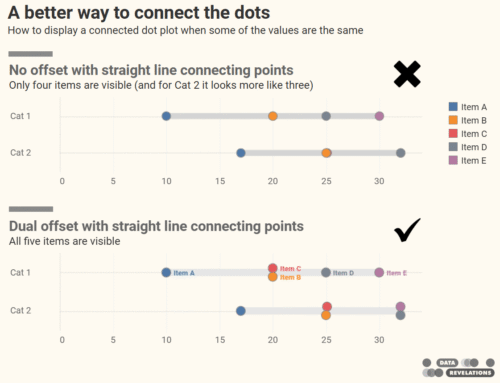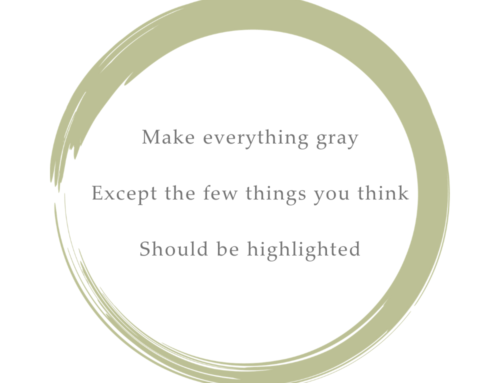In this continuation from Part One I share my thoughts on the early years of the community and how one person in particular set the tone for sharing knowledge and expertise.
How did this start?
There were a lot of really great people contributing to the community in Tableau’s early years. I’ve already mentioned Jonathan Drummey and Richard Leeke. Others I recall include Alex Kerin, Andy Cotgreave, James Baker, and Russell Christopher.
But there’s one person in particular that I think set the tone and established the precedent for discovering and sharing Tableau knowledge.
Meet Joe Mako
At the 2011 customer conference in Las Vegas, Tableau singled out Joe Mako for responding to an unfathomable number of Tableau forum posts that directly helped hundreds and indirectly helped thousands of people.
And what prompted Tableau to do this? This is a great example of the community raising its voice and recognizing contributions of one of its own. Several people, including Matt Shoemaker, Richard Leeke, Dan Murray, Mel Stephenson, Tim Costello, and Tom Brown, petitioned Tableau, urging the company to recognize Joe for his incredible contributions.
This citing by Tableau led to the creation of the Tableau Zen Master program.
For the first two years of the program Tableau used the following Venn diagram to show the confluence of skills and temperament that comprise a Zen Master:
Here’s what I think would be the appropriate diagram for Joe:
Anyone who has been on a screen sharing call with Joe (and there are probably hundreds of people who have availed themselves of Joe’s generosity) can attest to stunning, fully-fleshed solutions emerging from Joe’s brain.
I’ve spent enough time with Joe to realize it isn’t just Robin Williams-like brilliance but Bruce Lee-type discipline Joe has applied to really understanding Tableau.
Joe is also remarkably kind and reassuring, offering a soothing, Mr. Rogers-like “don’t worry, we’ll figure this out together” encouragement whenever I’ve been stuck and needed help.
The only downside of a screen sharing session with Joe is that you get off the phone and think that “jeez, this guy is smarter than I am, more disciplined than I am, and … he’s nicer than I am” (and I’m a very nice guy.)
We are very lucky to have him in our community.
How did these seeds produce so much fruit?
How did the contributions of Joe and a handful of others lead to such a large, rich community?
I can’t speak for others, but my contributing stemmed from a desire to repay those people (especially Joe) that had given me so much help.
The problem was that I could not pay these people back directly as there was not much I had to offer them, save appreciation and gratitude.*
But I could give back to the community as a whole. In my case I don’t attempt to answer forum posts in near real time. This skill is best left to folks like Shawn Wallwork, Mathew Lutton, Grayson Deal, Joe Oppelt, Noah Salvaterra, Joshua Milligan, KK Molugu, and many others that do an amazing job. I give back through pro bono work and blog posts. Specifically, in addition to helping out non-profit organizations I try to publish a useful “here’s how you do this” blog post at least once a month. The posts can take hours to write, but that’s a small price to pay for what the community gives me in return (and I will confess that they do generate interest in my work).
If you are like me you rely on this community to help and inspire you. I, for one, love having the safety net of knowing that there are literally dozens of great minds that I can tap for help and inspiration.
I’ve already told you what I do to contribute to the community. In Part Three of this series I’ll provide ideas on what others can to ensure the community thrives.
* Note: Expressing appreciation and gratitude are essential to the community. I’ll discuss this more in Part Three of this series.








